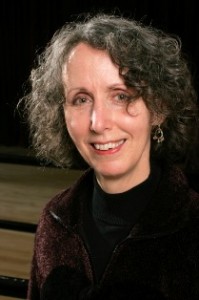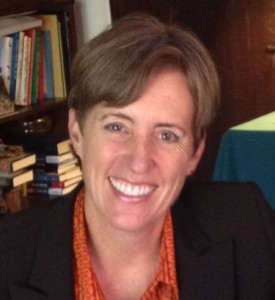
Lynne Silverstein
Investing in Teaching Artists: What Arts Organizations Can Do
Posted by Mar 12, 2014

Lynne Silverstein
One of today’s challenges for arts organizations is to bring our teaching artists’ best work to the “shared endeavor” of making the arts a part of every child’s PK-12 education. My experience suggests that arts organizations can offer the best work to that shared endeavor when we invest in long-term professional learning for our teaching artists.
INVEST (in-vest) verb
to use, give, or devote (time, energy, funds, etc.),
to achieve something that offers potential appreciation in value
When we invest in the knowledge and skills of our teaching artists, we increase the value of their work with schools. But, what kind of investment is needed?
Over many years, I’ve watched the Kennedy Center invest in professional learning for its teaching artists and have seen that investment’s positive impact on the quality of the work that is offered to schools. Their investment in professional learning includes five components:
- Orientation
- Instruction
- Feedback
- Ongoing communication, and
- Peer exchange
Read More
























